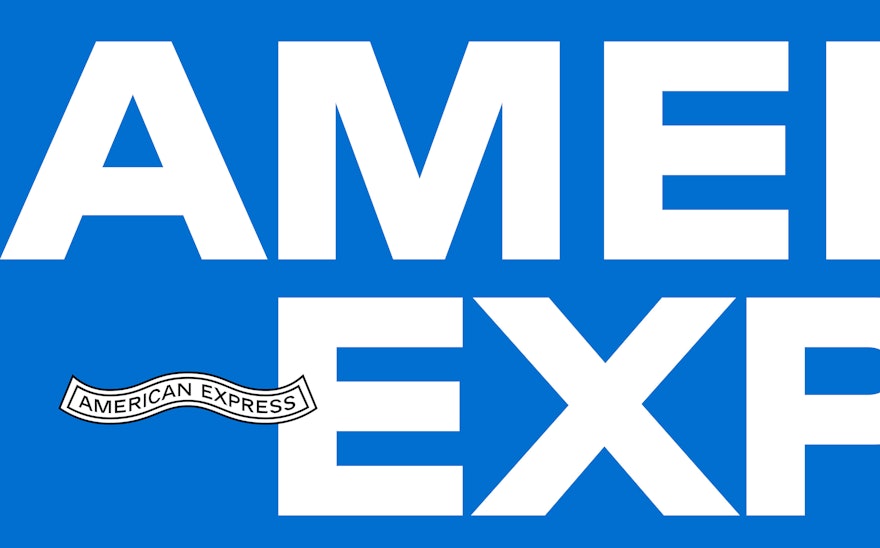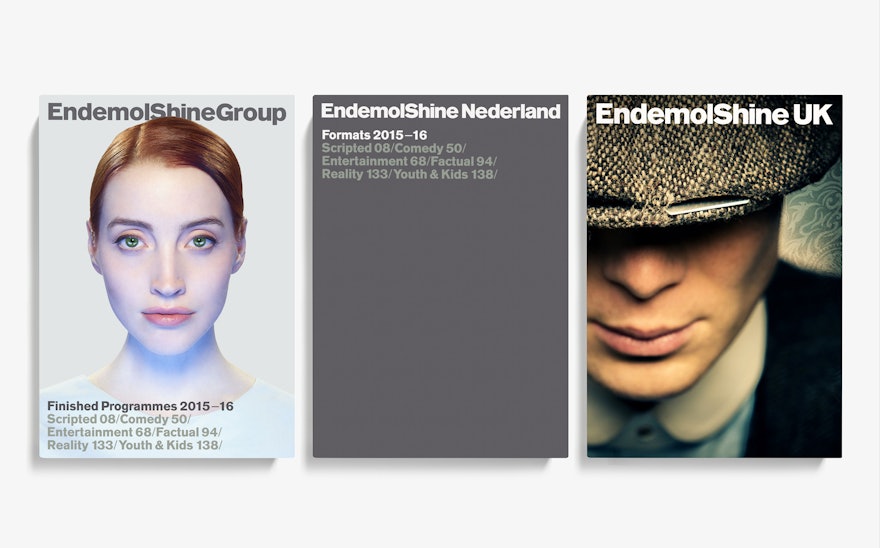American Express is one of the world’s most trusted and recognized brands. Pentagram has refreshed the American Express visual identity, reasserting and amplifying the brand’s visual expression. The project sought to retool the iconic Blue Box logo, introduced in 1975, and to derive a typographic language that could also live outside the Blue Box, providing a bolder, more confident expression of the brand. The work was initiated as part of a larger communications project that highlights Amex as a diverse business and essential part of consumers’ lives.
One of the primary goals was to reinvigorate the brand identity and optimize its performance across various platforms, and bring visual continuity across geographies and business channels. American Express now serves more than 112 million business and consumer Card Members, 18 million Amex accepting merchants, hundreds of acquirers, and 120 bank partners that connect through the American Express Network worldwide. As the brand has expanded, global business and consumer needs have also grown, resulting in a more diffuse expression of the brand at a global scale. The new visual identity brings strength, simplicity, and rigor to the brand, extending a cohesive look and voice to American Express products, services and experiences.
The visual identity celebrates the remarkable design heritage of American Express in a smart and stylish way, building on an extraordinary 168 years of brand equity and iconography. The new brand platform has maintained and magnified its unusually rich collection of brand elements, including its distinctive Centurion and World Service pattern.
Pentagram worked closely on the project with Clayton F. Ruebensaal, Senior Vice President of Global Brand Management and Design at American Express. The challenge for the designers was strengthening a big brand for the small-space digital world, where it can be difficult to make a visual impact with detailed marks. This is especially important as consumers continue to transition to mobile and social platforms and digital commerce technologies. At the same time, the branding had to be effective in the physical world, where identities come to life in large-scale, environmental applications.
The logo and other familiar brand elements have been redrawn to thrive at various scales, from mobile phones, watches and digital payments to retail installations. Brand signifiers have been carefully redrawn to be more digitally legible and translate well to digital contexts such as the American Express app, Membership Rewards points, and Pay with Points. The system of graphic elements and patterns, along with photography and illustration, is adaptable, responsive and open, offering great flexibility in creating applications and expressions of the brand.
The identity preserves and enhances the iconic Blue Box logo, immediately recognizable as American Express. The composition of the Blue Box has been kept in place: two bars of outline lettering crossing through the center of a blue square. The designers redrew the letterforms and finessed the details of the inherently complex logotype, to render it in a bold, clear way that functions at both a large and small scale. The update also introduces an alternate logo for small-space digital use, such as Twitter and Instagram icons. This version of the Blue Box crops the larger wordmark to capture the “AM EX.”
The classic outlined lettering of the Blue Box logo was redrawn with a non-outline version that operates outside the box. Working with the type designer Jeremy Mickel, the team developed lettering that was faithful to the spirit of the original logo. The logotype has single-line and stacked versions, custom drawn in various scales for visual continuity and legibility at different scales.
Throughout the branding, the use of white space allows elements to breathe and helps the brand feel open and accessible, and sets off the iconic color palette of bright blue and deep blue. The team also worked on internal brand messaging to develop a cohesive voice for brand expressions moving forward.

